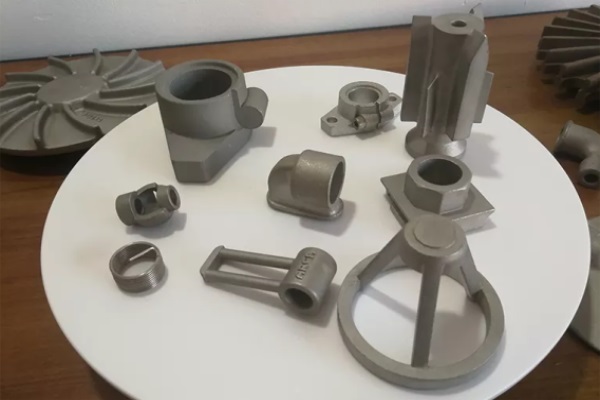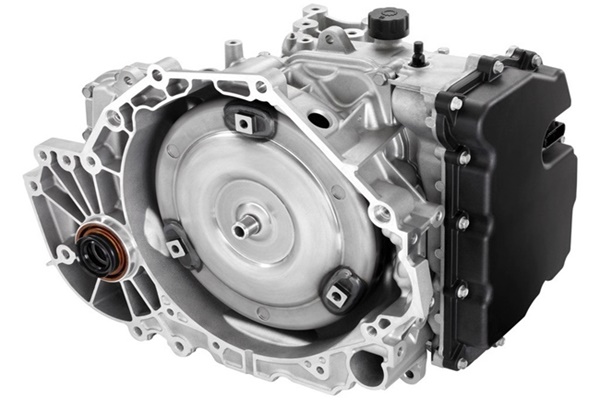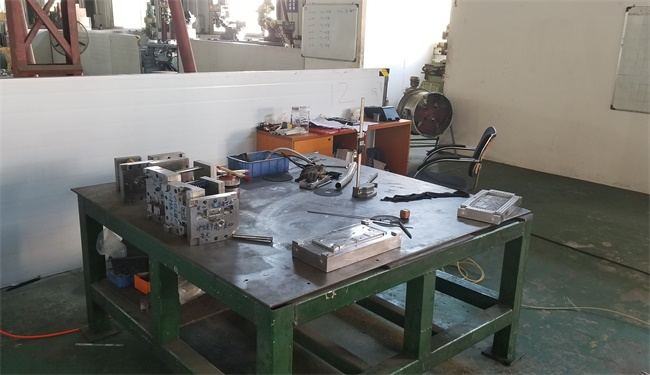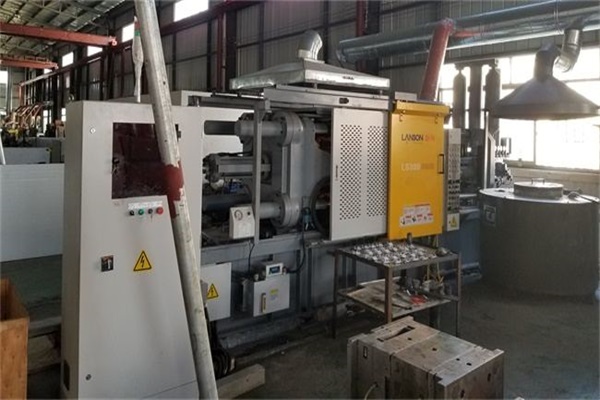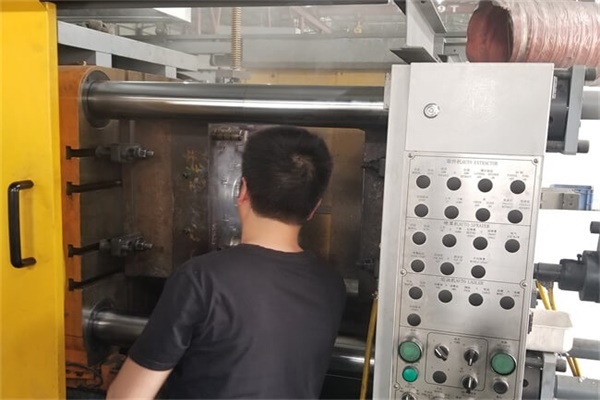In today’s ever-growing industries, such as the aerospace, automobile, and consumer electronics industries, the need for global companies to get the best quality die casting for industrial component has been increasing. Many companies need to produce various components for their products, and the die-casting method is the best way to accomplish this goal. Die casting is the method of producing various metal components used to manufacture various products, such as motorcycles, cars, computers, smartphones, and others.
China has been one of the biggest sourcing destinations for die casting, as it accounts for about half of the total world production of die casting for industrial components. There are thousands of factories in China that can provide you with various die-casting components, depending on your requirements. This guide will provide you with the information you need to know about die casting for industrial component.
Table of Contents
Benefits of Die Casting for Industrial Components
You can use die casting for industrial component in various industries, and no matter how complex the components you need to create for your products, die casting will be the right solution for you. Here are the benefits of die casting for an industrial component:
1. Low-cost bulk manufacturing of your product components.
The first benefit of die casting is that you can get your product components manufactured at affordable costs. You can request bulk manufacturing for various industrial components you need, and the costs will get cheaper for you the more components you manufacture with the die-casting method.
2. Accuracy and precision for each component.
Die casting offers you the accuracy and precision of each component, including drill holes, studs, bases, and various other aspects. The accuracy and precision of each component are important for you to assemble your product or prototype in the best way possible.
3. The easier assembly process for your product.
With accurate and precise components, the assembly process for your product will be seamless. You can minimize the errors during your product assembly process, thanks to the accuracy and precision of each component you are using.
The Reason Companies Need to Use Die Casting for Industrial Components
Today, any company that manufactures products that use electrical components will need to use various metal parts and components for their product assembly and prototyping. For instance, for consumer electronics, such as notebooks and smartphones, there are plenty of metal parts the companies will use to assemble each unit of notebook or smartphone. Thus, companies need to use die-casting technology to produce these metal parts for their product manufacturing process.
Die casting for industrial component is becoming more important today because most products manufactured in factories today use metal components, from small to big components, in their assembly process. Die casting for industrial components can help these companies get the best metal parts for their product prototyping and manufacturing, allowing them to build the best products, which they can market to the customers later.
Various Methods of Die Casting For industrial components
There are various methods of die casting that you can use, depending on your needs and preferences. Each die casting method will have its own advantages and disadvantages, and some metals can only use specific die casting methods. Here are various methods of die casting for industrial components:
1. Hot-chamber dies casting.
This is the most common die-casting method most manufacturers are using to produce various industrial components. It can produce bulk metal parts in a short amount of time, with a quick molding process that allows the manufacturers to turn high-fluidity metals, such as copper, zinc, and magnesium, into the preferred shape. However, the downside of this method is that it has a high risk of corrosion.
2. Cold-chamber dies casting.
The cold-chamber die casting method is the improved version of the hot-chamber die casting method, and it aims at reducing the risk of corrosion during the molding process. You can use this method for certain metals with low fluidity, such as aluminum. Die casting for industrial component can give a better production result for many industries, but you can’t use this method for a quick production process.
3. Vacuum pressure casting.
For the best durability of the metal parts, you can use the vacuum pressure casting method. This method uses the pressure from the vacuum chamber to create the shape of the metal part you would like to have. It uses a low pressure to achieve the desired result by forcing the molten metal to enter the mold, and it will produce metal parts that have minimal porosity.
4. Low-pressure die casting.
Just as the name suggests, this casting method uses low pressure, and it’s suitable to create the shape of metal parts that have symmetrical characteristics. The die casting method will take the materials into shape in a gradual process while keeping their symmetrical property.
5. Semi-solid die casting.
This die casting method is best for aluminum and zinc alloys, and it offers the casting method with more precision and accuracy, along with the minimum porosity and maximum density. With this method, you will need to cut the material into smaller pieces and heat the material until it achieves the state between solid and liquid. Then, in this state, you will mold the material using the mold cavity to get the shape you want.
6. Squeeze die casting.
For metal that has low fluidity, squeeze die casting is the most suitable method to mold the metal. The process involves adding molten metal to the metal with low fluidity, and then you will mold the metal by squeezing it, forcing the metal to take shape according to your design preferences.
Conclusion
No matter what product you are building, you will need to use die casting for industrial component to get it done. The more complex the product, the more accurate and precise the die casting method you will need to produce all its components.
Thus, it’s important for you to pick the right die-casting supplier to help you with your product development and rapid manufacturing so that you can get the best result out of your product creation process. Then, with the right die casting for industrial components, you can provide the best product for your customers. Contact us today to learn more now!
